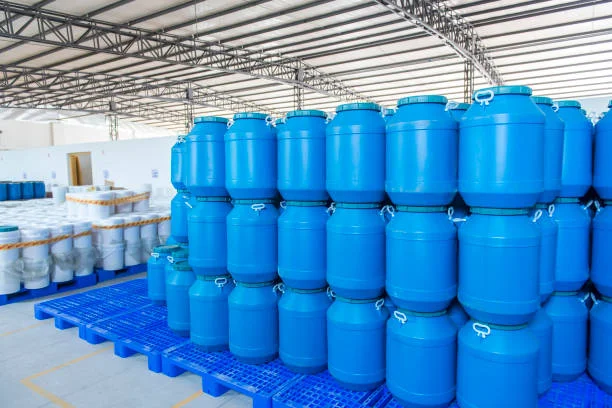Heptane, also known as n-heptane, is a straight-chain alkane that has the chemical formula H3C(CH2)5CH3 or C7H16. It is among the primary elements of gasoline (petrol). It is used as a test fuel component in anti-knock testing engines 100% heptane fuel is the zero value of the scale of octane ratings (the 100th point represents 100 percent iso-octane). Octane number is a reference to the knock properties of a mixture of heptane, isooctane, and a that is expressed in terms of how much isooctane is presently contained in the form of heptane. It is also listed on gasoline pumps (petrol) that are distributed globally. Its product name: is Heptane Chemical No. 142/82/5. Molecular Formula: C7H16 Molecular Weight 100.2 Heptane (and its numerous isomers) is used extensively in labs as a non-polar solvent. Being a liquid, it is perfect for transportation and storage. In the test for grease spots using heptane, it is utilized to dissolve the oil spot in order to demonstrate the prior presence of organic substances on the stained paper. It is accomplished using a shake of the paper stained with a heptane-based solution for around one minute.
The presence of aqueous bromine can be distinct from aqueous iodine based on its appearance following extraction into Heptane. In water both bromine as well as Iodine are brown. Iodine, however, turns purple when dissolved in Heptane while bromine remains brown. Heptane is sold commercially as mixed isomers that can be used in coatings and paints, as a solvent for rubber cement “Bestine” and the fuel for outdoor stoves “Powerful” from Primus as pure n-heptane to aid in research and development, and pharmaceutical manufacturing, as well as the minor component in gasoline.
- It is used primarily as a method to determine octane numbers in addition to being an anesthetic and solvent and raw substance for organic synthesis. It is used as an analytical reagent, solvent,
- Extraction solvent.
- It is used as an analytical reagent, the gasoline engine knock test standard as a chromatographic analysis reference substance as well as a solvent. The product is able to stimulate the respiratory tract and have an anesthetic action at large concentrations. It is flammable and the concentration limit for the mixture of explosives in the air is 1.0-6.0 percent (volume).
- Biochemical research, and analysis of protein sequences. Analyzing triglycerides and ozone. Analyzing residues of pesticides. The analysis of fluorescence and spectrum. Standard fuel to test the anti-knock properties of gasoline.
Applications Chemical raw materials
N-heptane, an aliphatic hydrocarbon, is a well-known non-polar solvent. It is frequently employed as a reference to determine the octane count and anesthetics, organic synthesizing raw substances, etc. It is also used extensively in the fields of medicine, pesticides Chemical fiber synthesizers, Reagents electronic cleaning, and many other industries. N-octane can be used as an emulsifier and as a chromatographic analysis of regular substances. It is also employed in organic synthesis. Heptane (and its numerous isomers) is used extensively in laboratories as a nonpolar solvent. Being a liquid, it is perfect for transportation and storage. For the test of a grease spot, it is utilized to dissolve the oil spot in order to demonstrate the prior presence of organic substances on the stained paper. It is accomplished using a shake of the paper stained with a heptane-based solution for around one minute. Aqueous bromine is distinguished from aqueous Iodine by its appearance following extraction into the heptane solution. In water both bromine and iodine are brown. Iodine, however, turns purple when dissolved into Heptane, while bromine is brown.
Innoveda Chemical, the finest perfumery chemical supplier in Dubai, offers the greatest selection of chemicals for the perfume business, including fragrance chemicals, aroma chemicals, oils, and more at affordable prices. For any queries contact us at +971 055 192 1234/info@iigtchem.com



